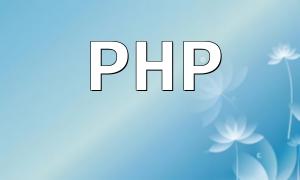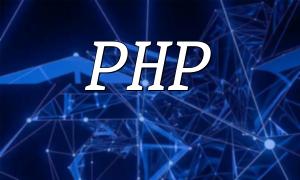Object-Oriented Programming (OOP) is a popular programming paradigm that helps us better organize and manage complex code. In PHP8, OOP has received significant support and improvements, allowing developers to write clearer and more modular code. This article will walk you through learning OOP in PHP8 by writing code, helping you understand its core concepts and practical techniques step by step.
Before diving into coding, it's essential to grasp the fundamental OOP concepts:
In PHP8, you can define a class using the class
Once the class is created, we can instantiate an object and invoke its methods:
$myCar = new Car("blue", "Toyota", "Camry");
$myCar->start();
$myCar->accelerate();
Encapsulation is a key concept in OOP, allowing you to hide the internal details of an object and ensure that its properties are accessed or modified in a controlled way.
In PHP8, access control modifiers such as public, protected, and private allow you to implement encapsulation.
class Car {
private $color;
protected $brand;
public $model;
}
Inheritance allows classes to reuse the properties and methods of other classes. This feature promotes code reuse and flexibility. Here is an example of inheritance in PHP8:
class ElectricCar extends Car {
private $batteryCapacity;
public function start() {
echo "The electric car is starting.";
}
}
In the above example, the ElectricCar class inherits from the Car class and overrides the start() method.
Learning PHP8's Object-Oriented Programming by writing code allows you to gain a deeper understanding of OOP concepts and techniques. This article covered how to design classes, encapsulate properties, use inheritance, and implement polymorphism. We hope this guide helps you master OOP in PHP8. Happy coding!









